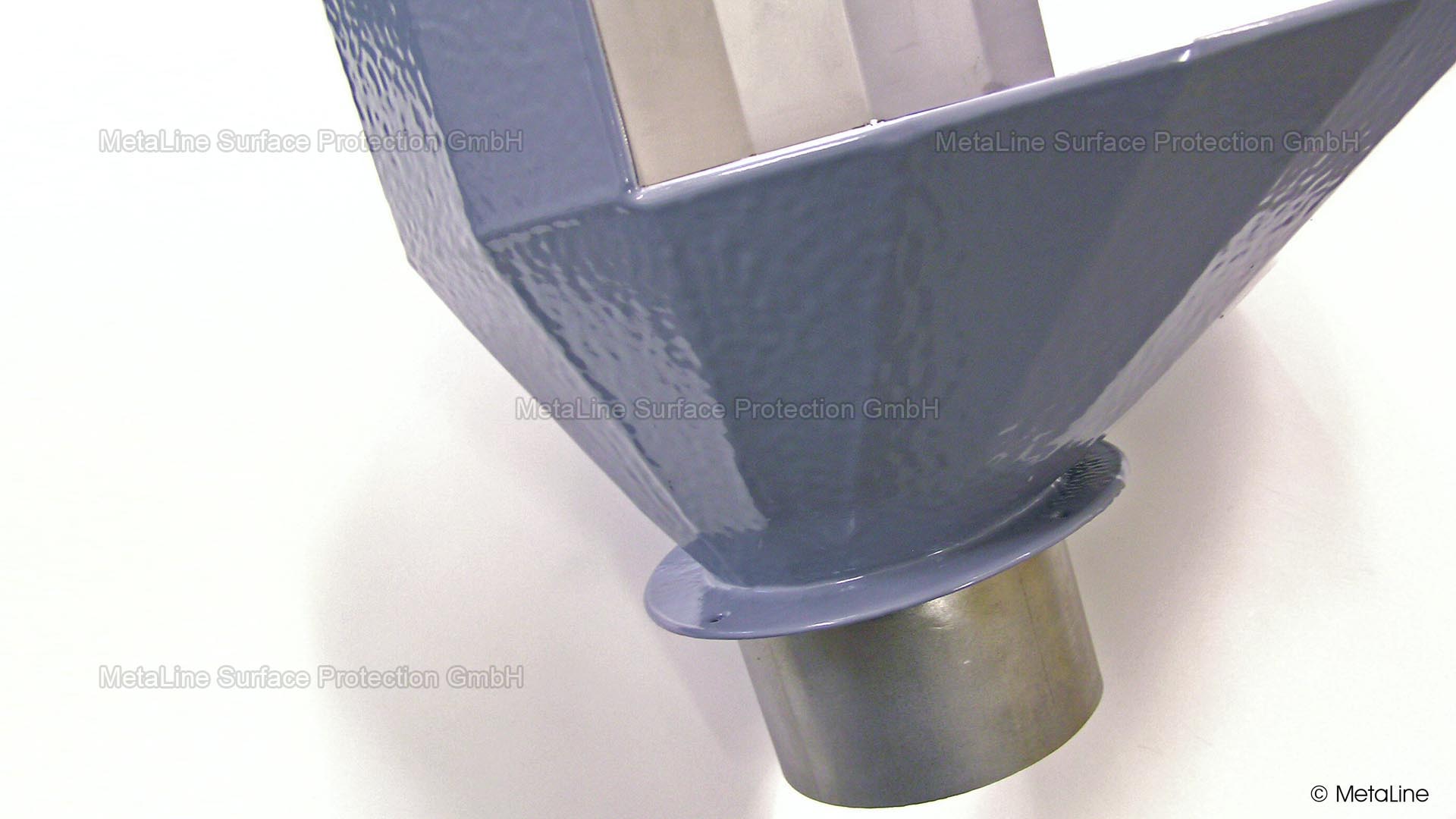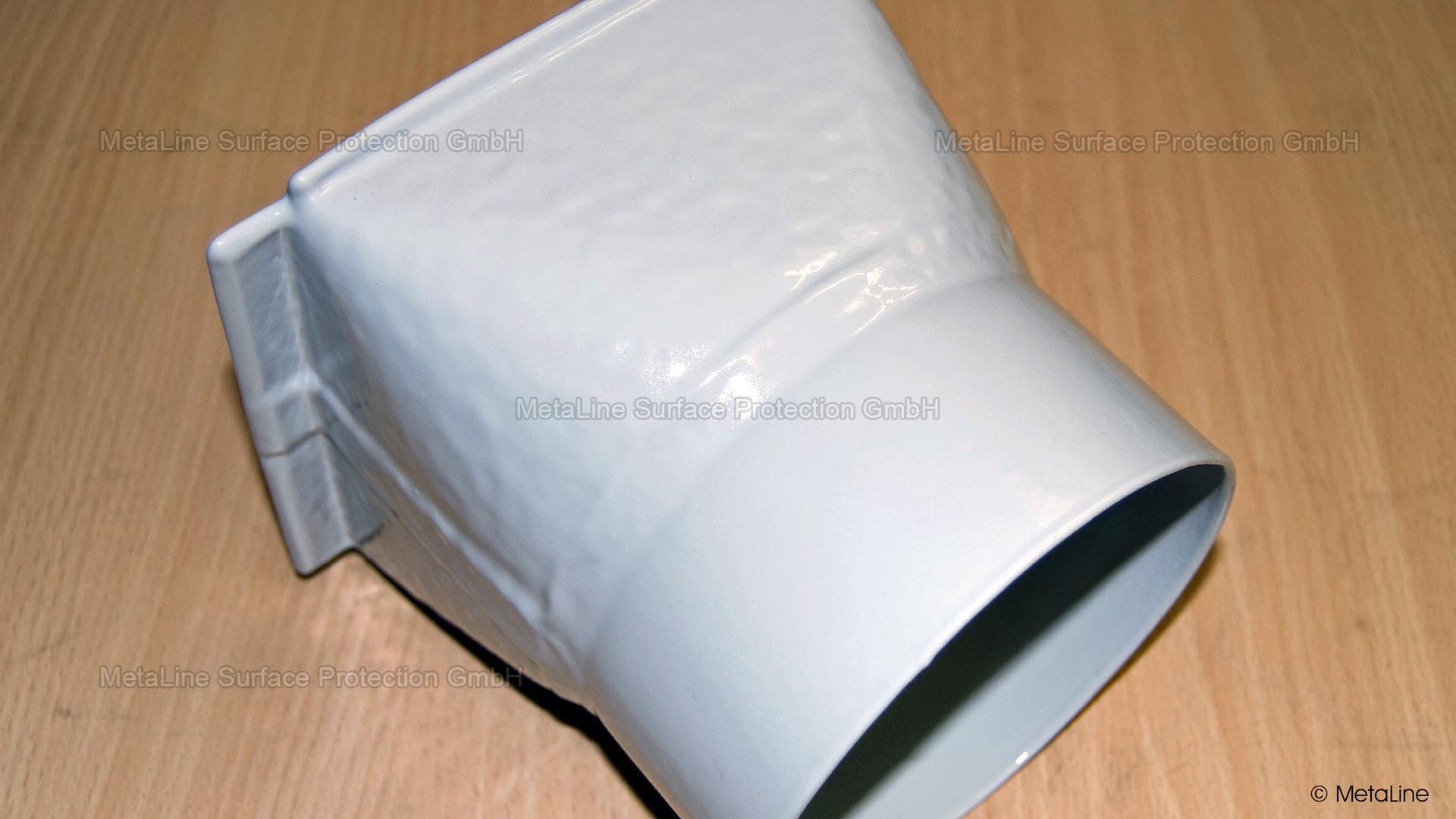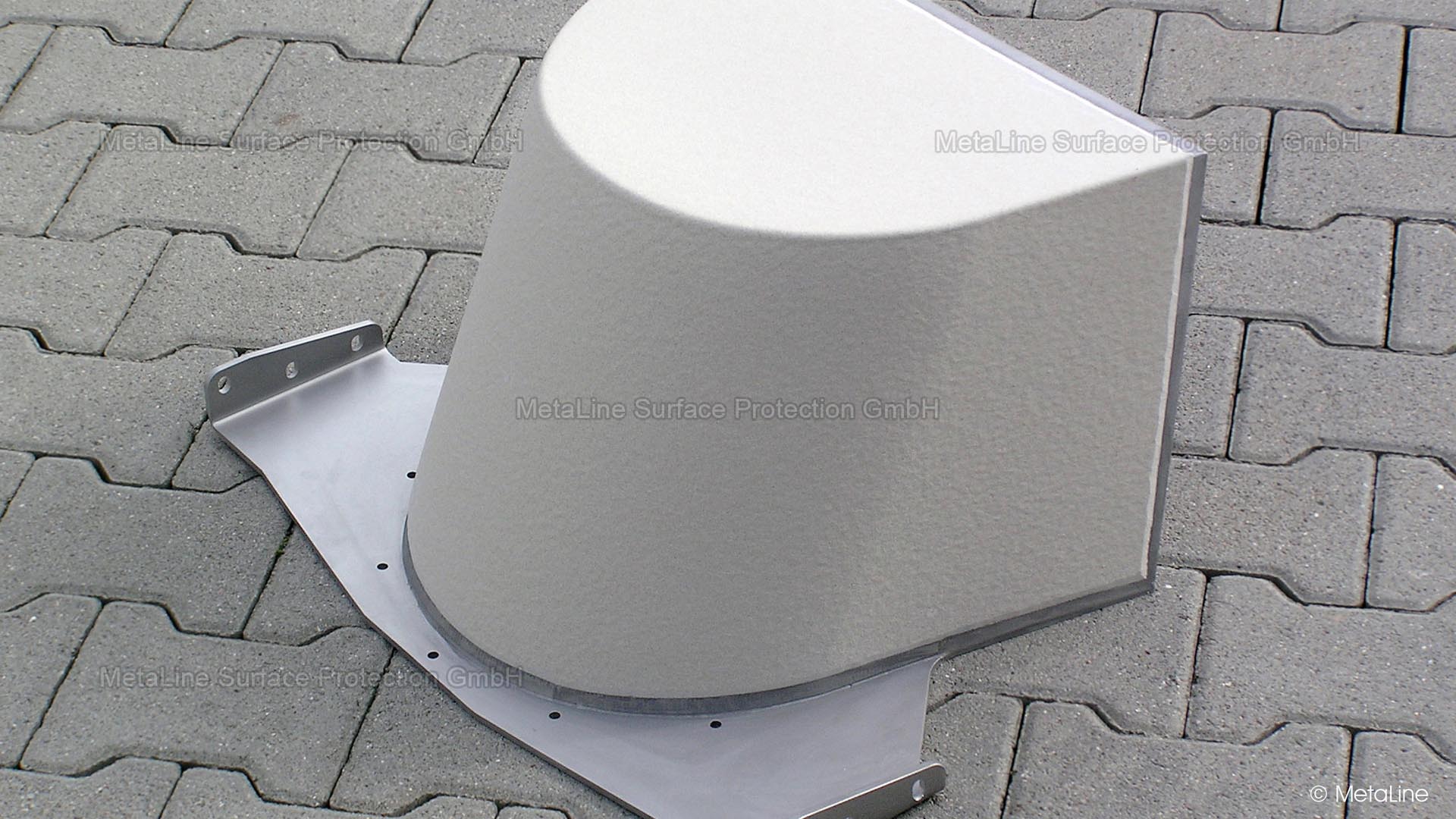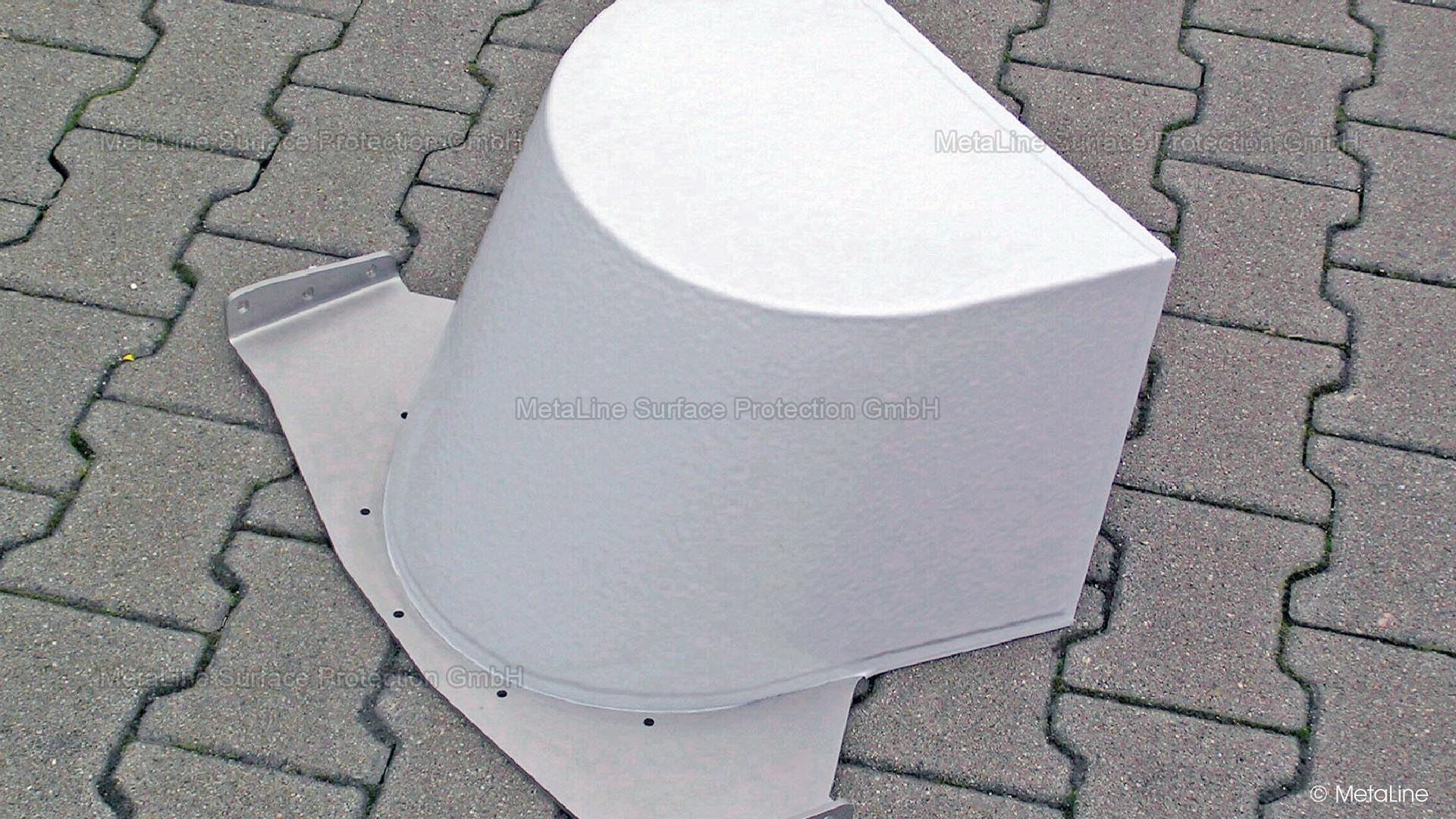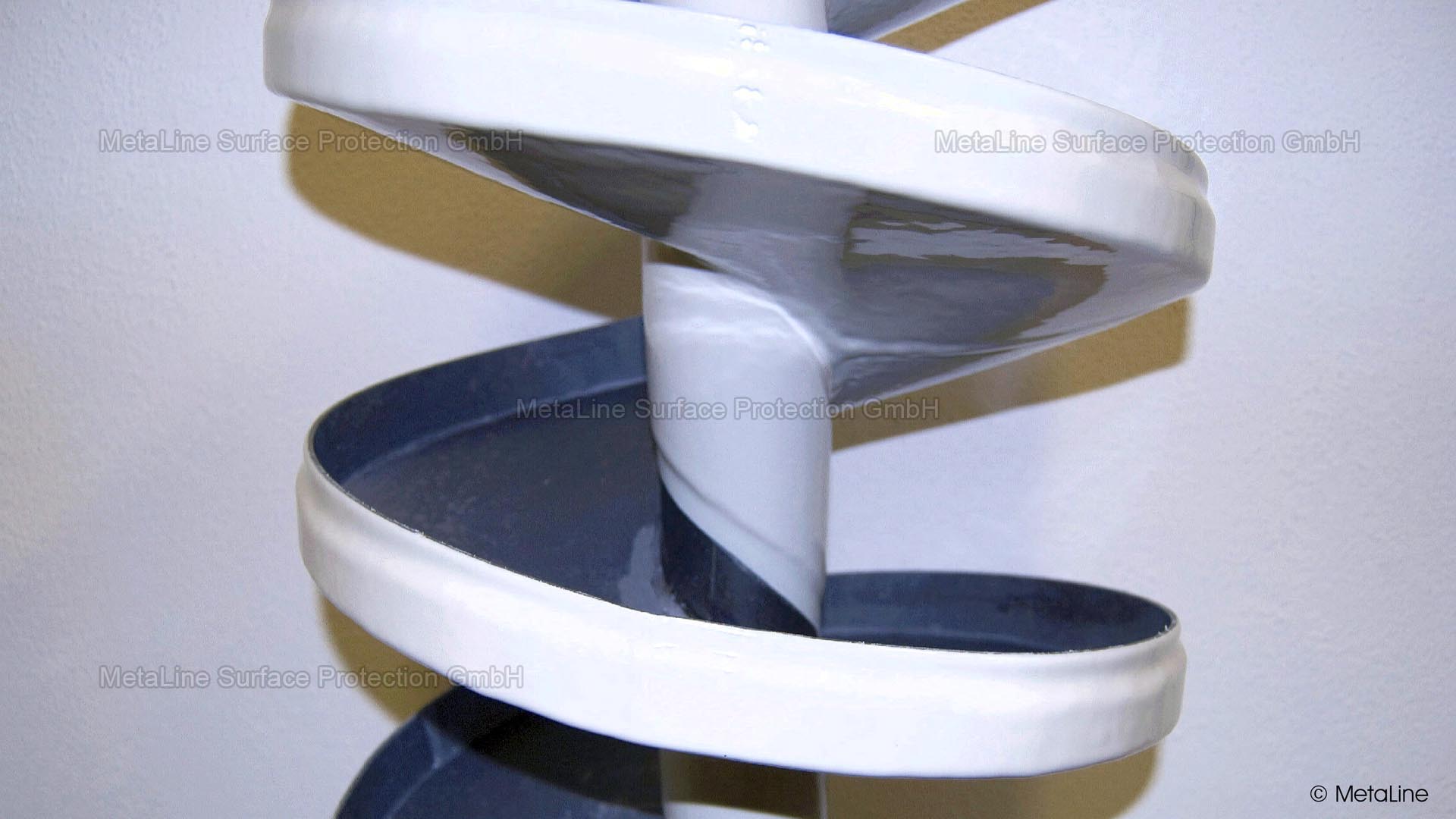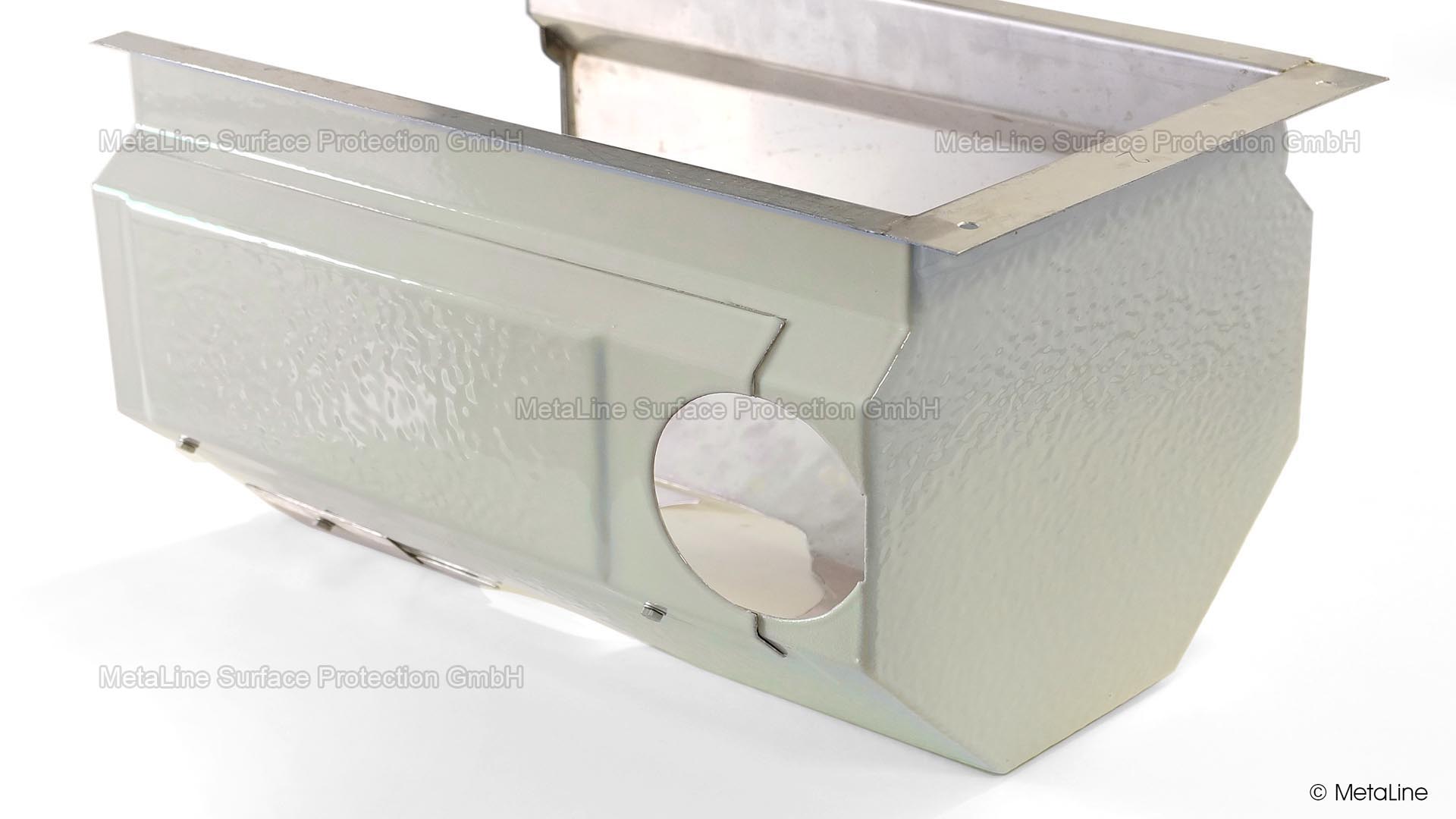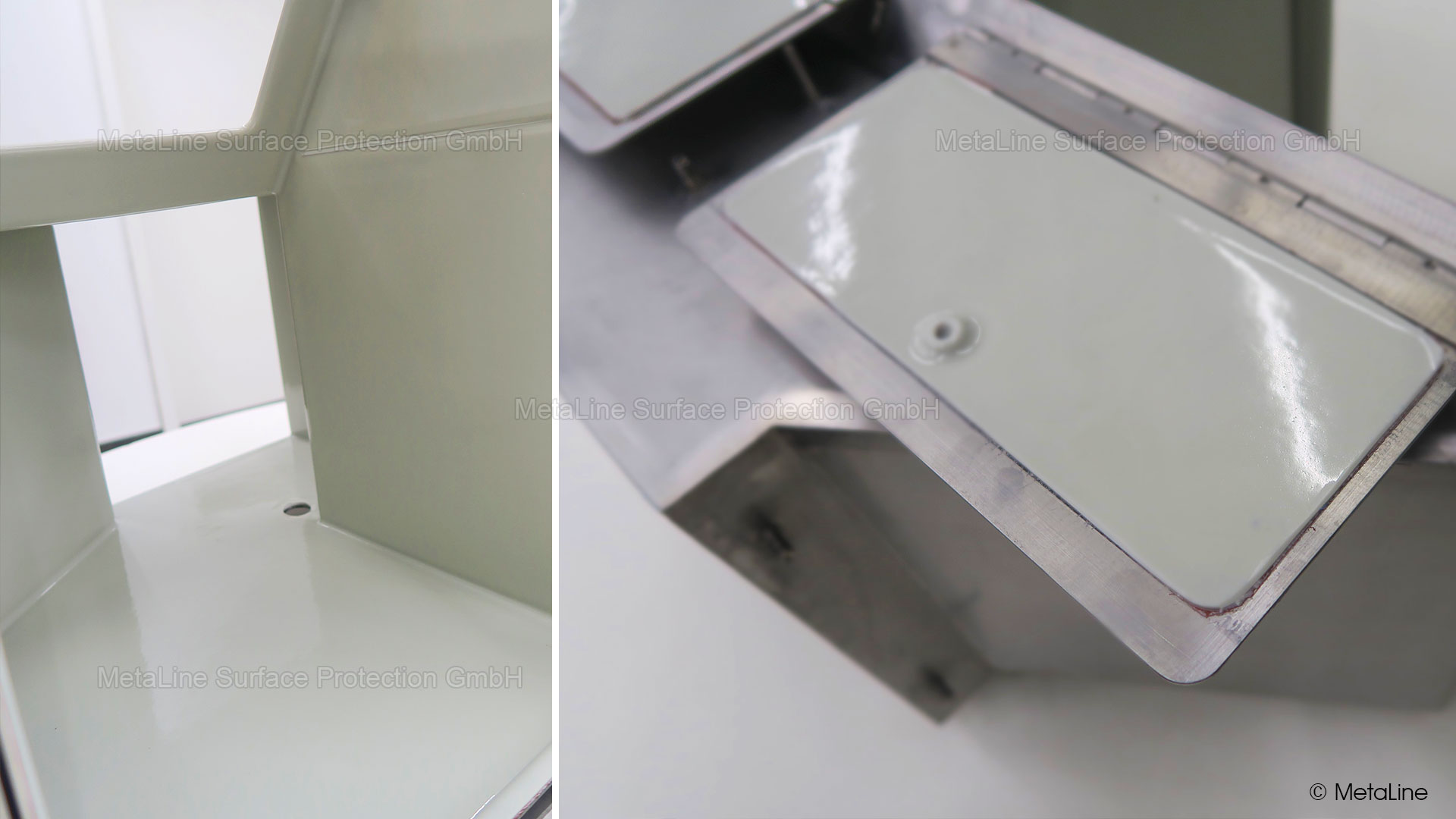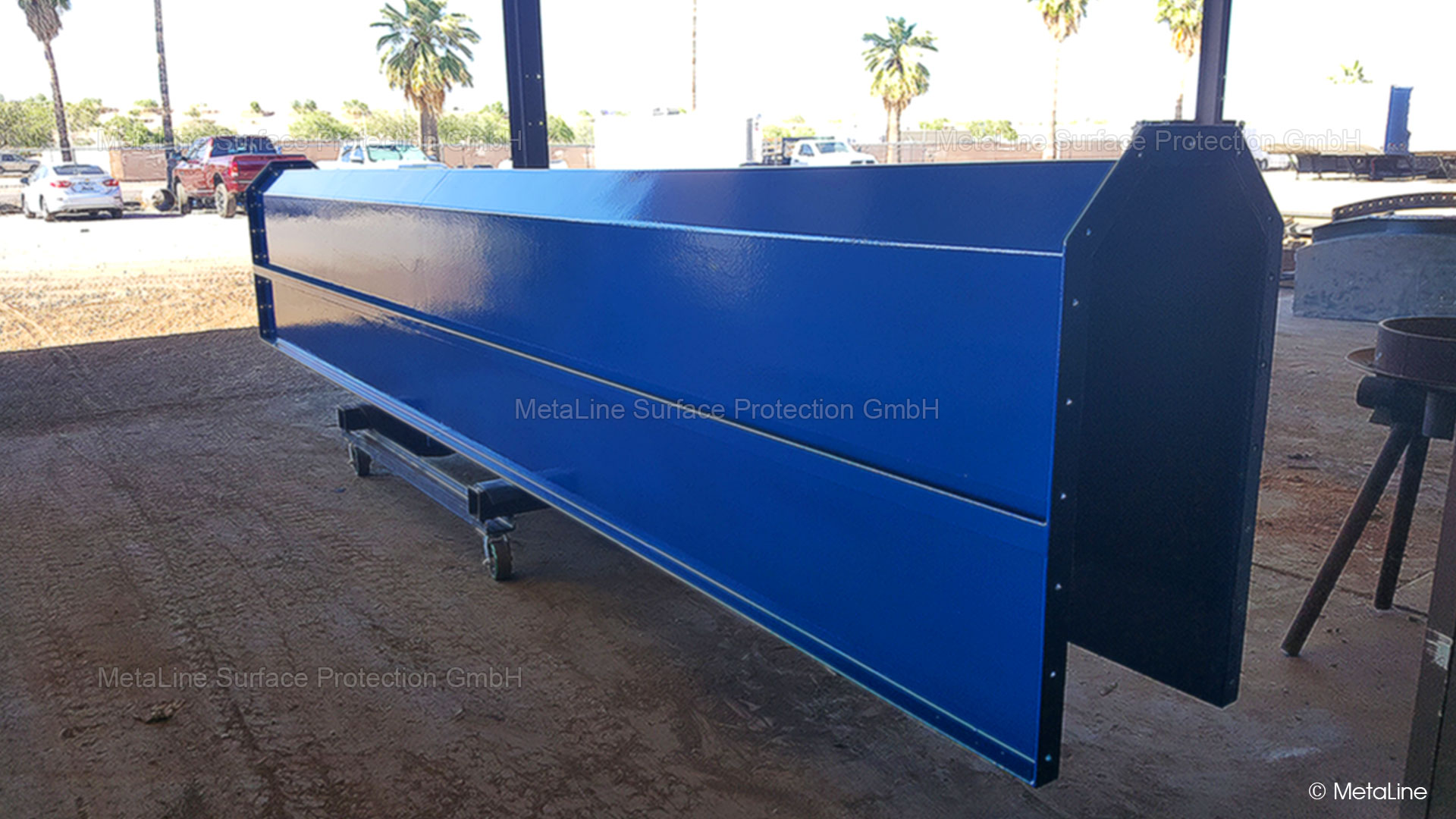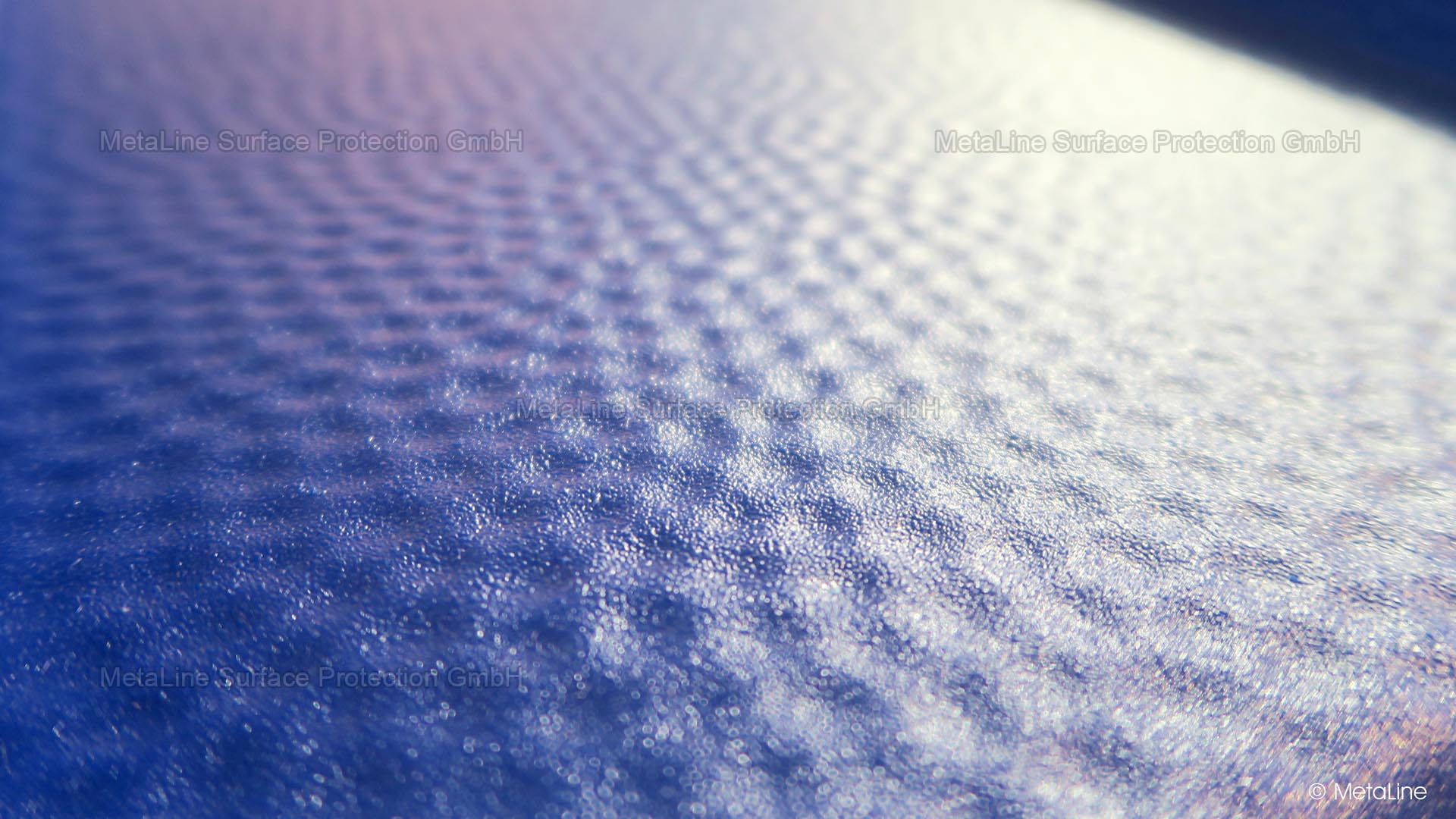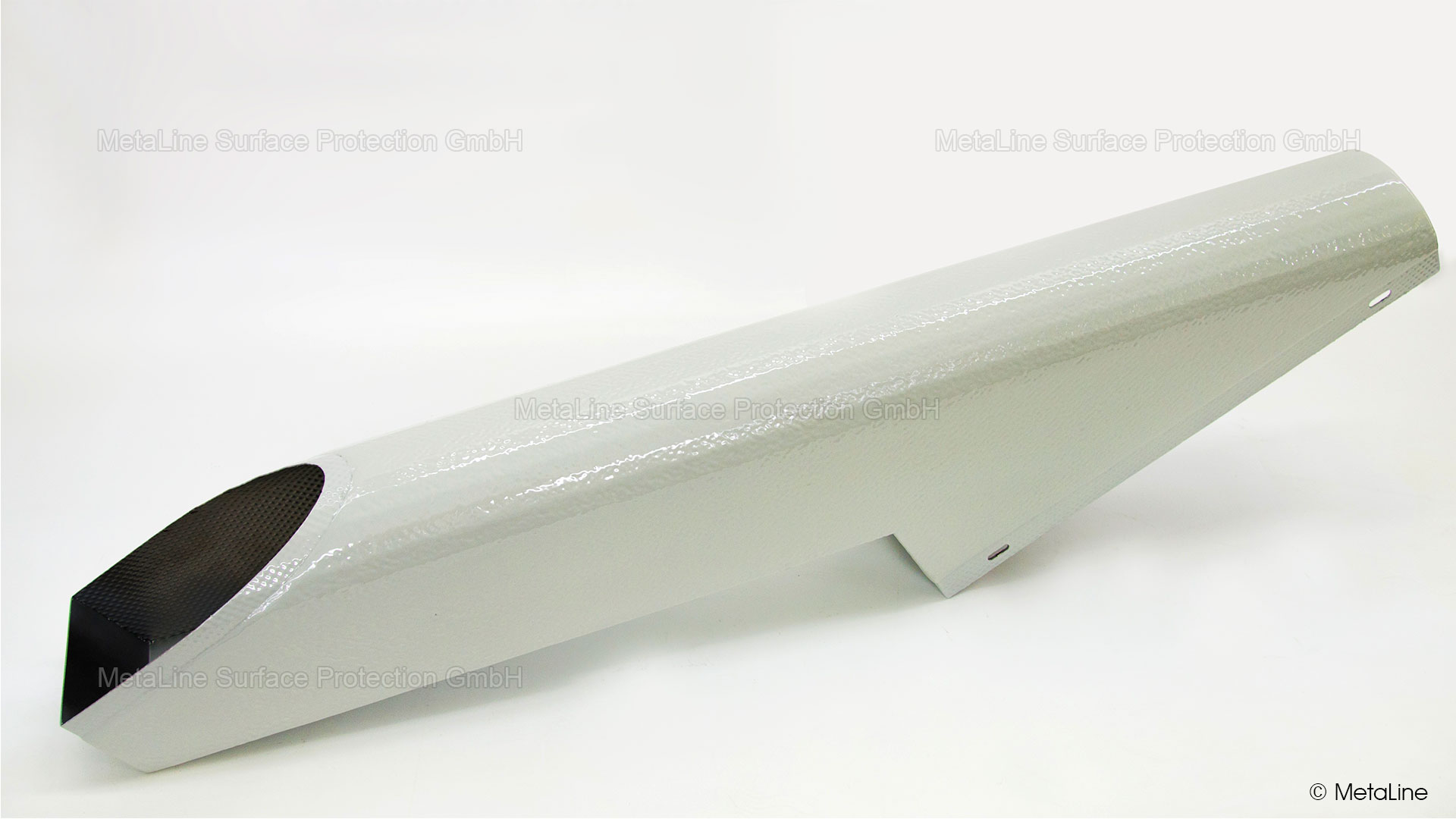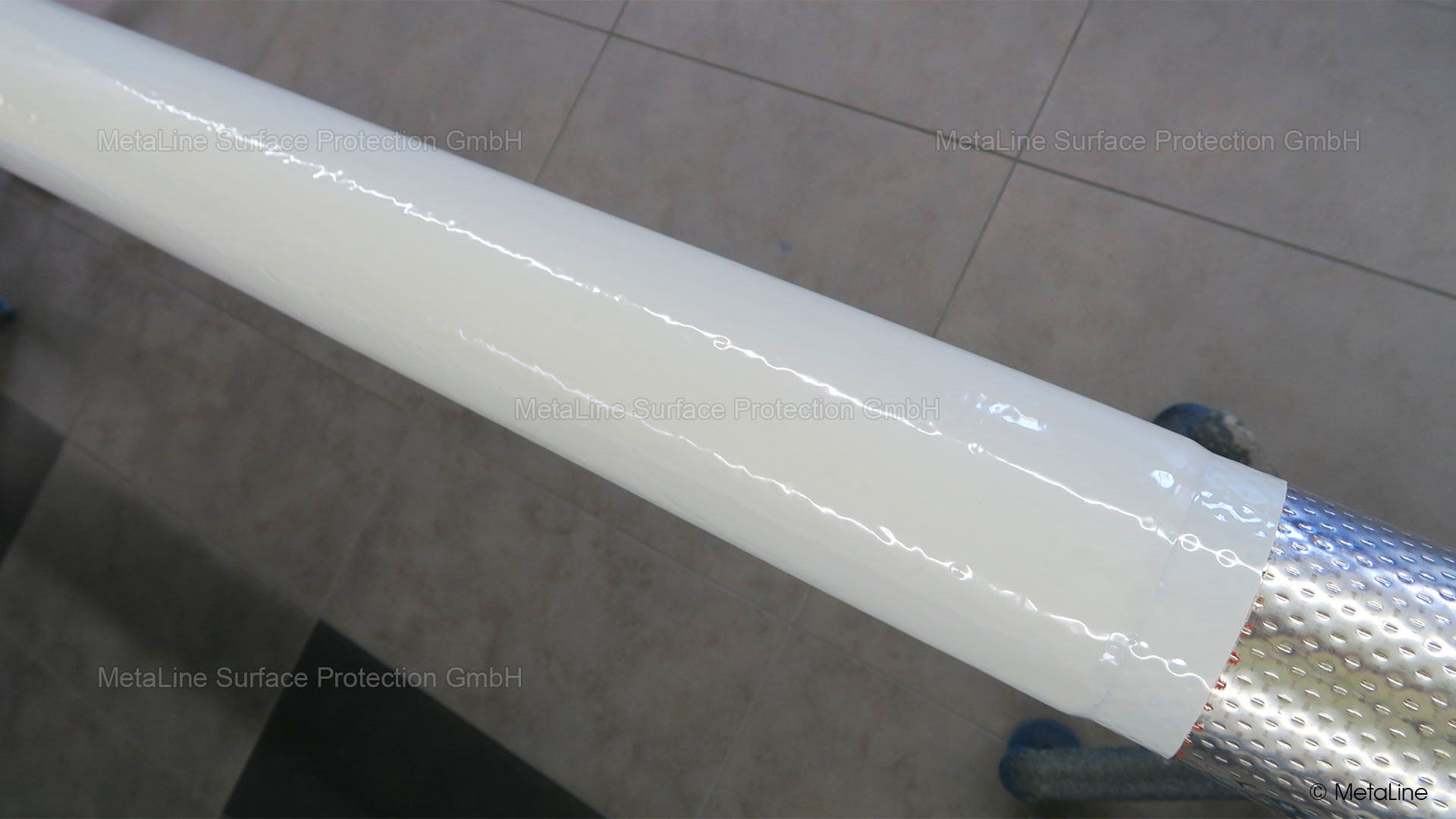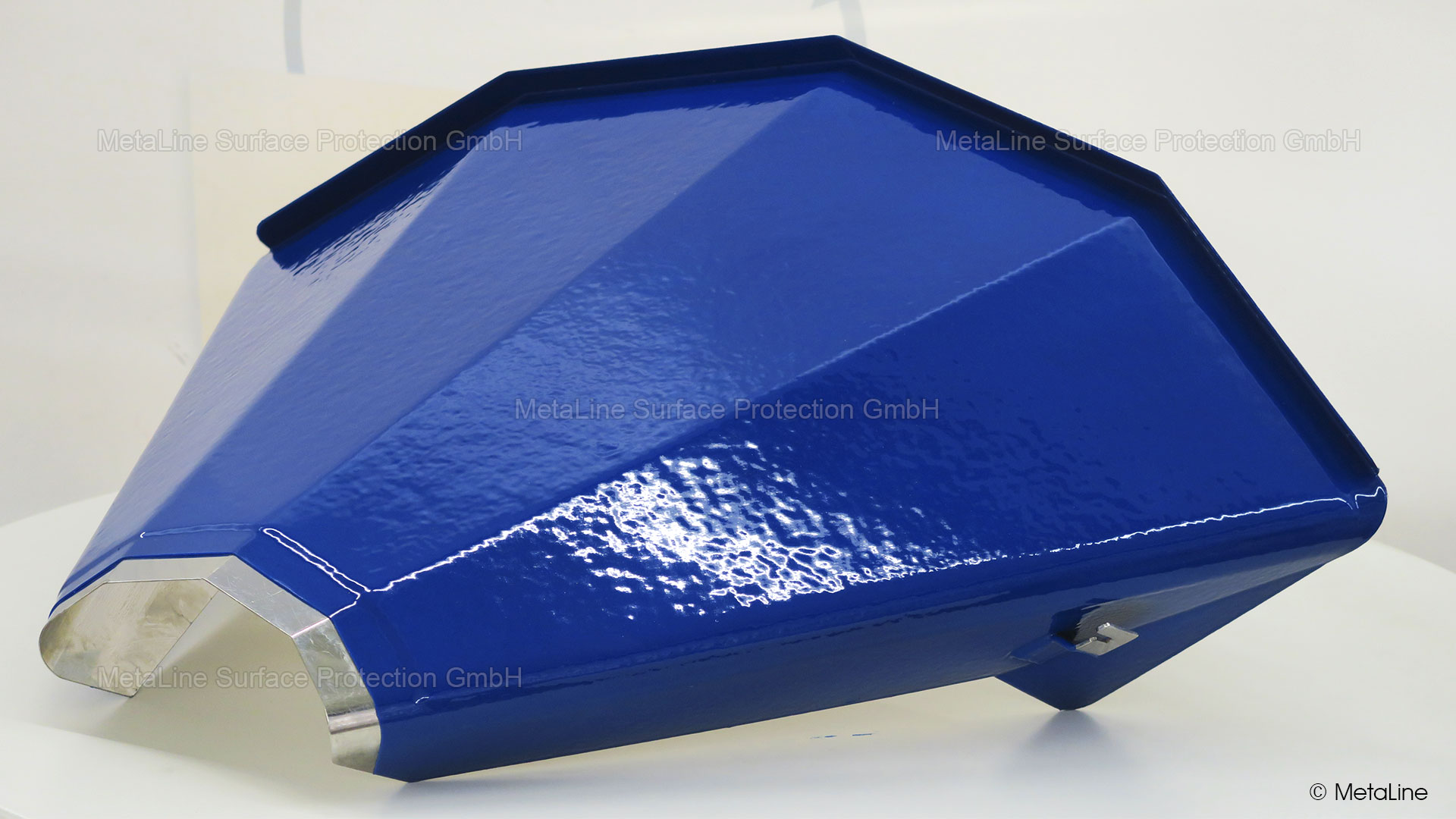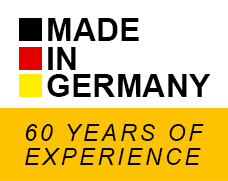Noise is one of the most unpleasant and health-hazardous effects. In particular monotonous levels or high, impulsive tones can lead to unbearable workplace conditions. For noise abatement basically two types of noise transmission have to be distinguished:
Airborne sound – spreads in the room and can only be combated after its formation by absorbing or sound-breaking measures. These are usually bulky and must be visibly attached as plates, cones or geometric construction in the area of preferred sound propagation.
Structure-borne sound – initially spreads in the material of the sound source and then passes into airborne sound. Fortunately, structure-borne noise can be effectively combated already during its formation by resonance-altering measures directly at the sound source. This leads to a significant reduction in sustained noise levels and in particular to a huge reduction in peak effects, e.g. by impact. In addition, the overall pitches are lowered and thus subjectively classified as being more pleasant.















